RÉUNION Basel
The Basel branch of Reunion was conceived as a temporary art space for two exhibitions during Art Basel 2023. It was directed by Sergio Rojas Chaves.
14.06-22.06.2023 Réunion Basel


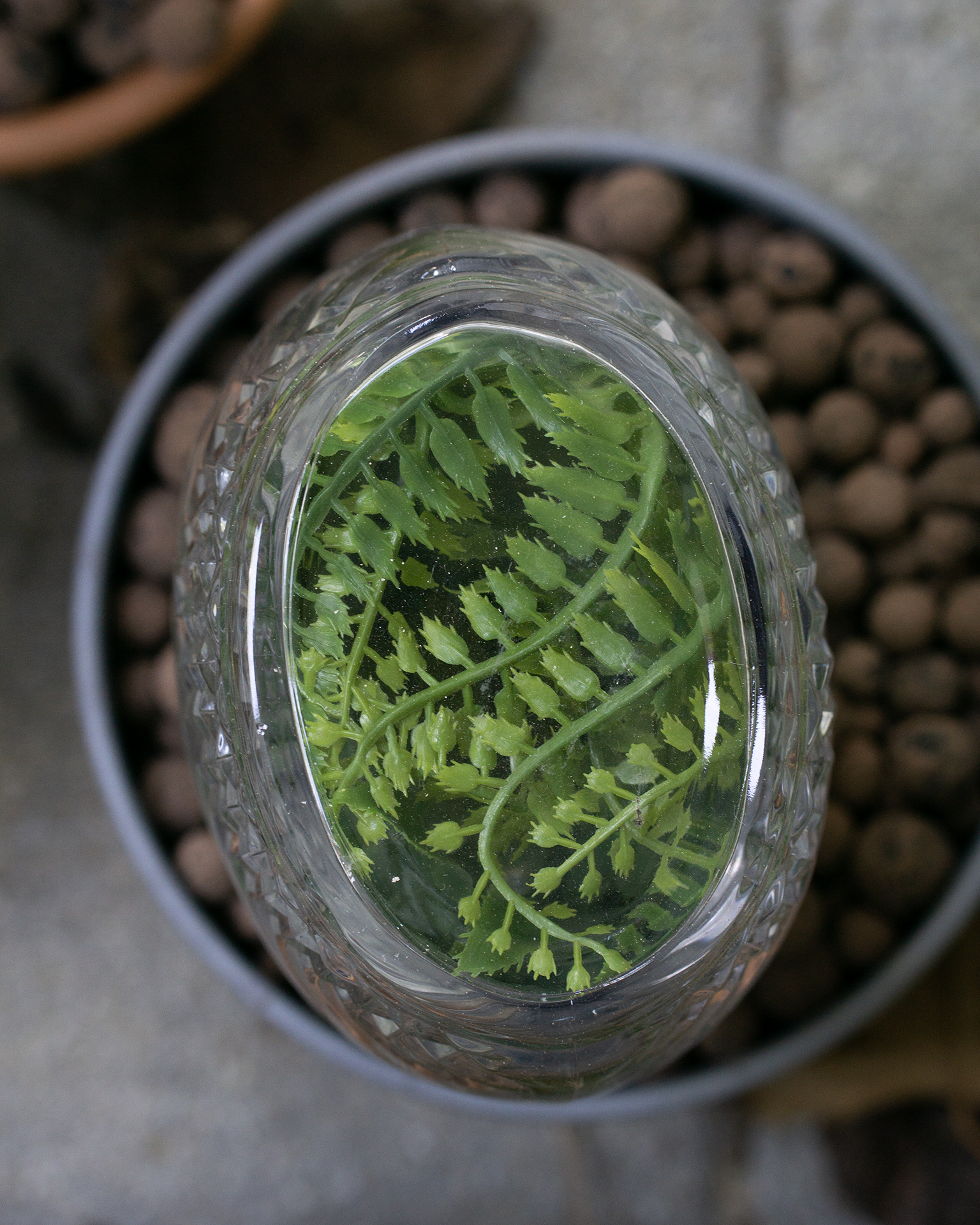
This exhibition delves into Rojas Chaves’ research on affective biology and the desire to foster kinship with tropical plants while unknowingly upholding extractivist colonial practices. Through a focus on Avocado Bonsais and DIY Greenhouses his work invites us to reflect upon our daily interactions with houseplants.
Afectos Invernaderos is an installation that recalls the desire to protect and preserve nature in the face of the current climate crisis. The greenhouse effect caused by our gas emissions threatens life as we know it and we constantly called to help in the process of reverting or reducing the impact of this situation. In the current scenario houseplants become indicators of our fraught relation with the botanical world. Although our desire to care for other living beings is present in our relation to tropical plants it can’t mask our need for control and possesion of exotic foliage and the extents we will go to to satisfy our needs.
The series of drawings Has anyone tried this? depicts avocado bonsais in different stages of growth. Each drawing is made from photographs uploaded by hobbyists to online Bonsai forums where tips and new techniques are shared. The title makes reference to the name of a forum discussion where users shared their experience trying to grow avocados into bonsais. Bonsai is the art of growing ornamental, artificially dwarfed varieties of trees and shrubs in pots. Avocado seeds are sprouted after the fruit has been consumed and their stems and roots are bent, binded and pruned to force dwarfism or the desired aesthetic presentation. However, most attempts at dwarfing avocados are futile as the plant’s resilience pushes through the binding to become a full grown tree. The avocados presented here show an instance of growth where they look to be dominated and they come from a series of different language forums from all over the world.
Keep the pits is a series of works around the commercial popularity of growing avocados as houseplants. Sprouting from the Zero Waste movement, young people are deciding to turn their food waste into ornamental tropical plants. Avocados , who originally come from the Mesoamerican rainforest, have been selectively cultivated to generate varieties that are atractive to consumer markets in North America and Europe. The most common variety is the Hass Avocado, created in California by Rudolph Hass in 1926. In recent years, thanks to interior decorating and gardening trends in social media platforms, the avocado pit has taken center stage. You can by plastic germinators shaped like water lilies or you can 3D print your own germinator from hundreds of Open Source designs online. The bamboo sculptures are based on these 3D germinator models and the green pastel drawings are taken from screengrabs of TikTok tutorials for growing avocados and making avocado bonsais.
Sergio Rojas Chaves (Venezuela, 1992) is a Costa Rican artist based in Atenas, Costa Rica. Through sculptures, installations, video, photography and performance, Rojas Chaves collaborates with non-human partners including plants and animals to question anthropocentrism through gift and a(ect. His projects have been part of individual and group exhibitions, most recently at Budapest Galèria, Macalline Art Center Beijing, MAI Riyadh, Kunsthaus Baselland, SALTS Basel, Kunsthalle Zurich, CAN Neuchatel, Kunstverein Langenhagen, MAFA Arad Romania, MADC San José, MAC Panama, Fundación Paiz Guatemala, TEOR/ética San José and la_cápsula in Zurich, among others. His work was also part of the 8th Biennale Gherdeina, the X Central American Biennial and the 9th Bienal Inquieta Imagen, as well as the Reunion Performance Festival in Freetown, Sierra Leone and La Tigra, Honduras.
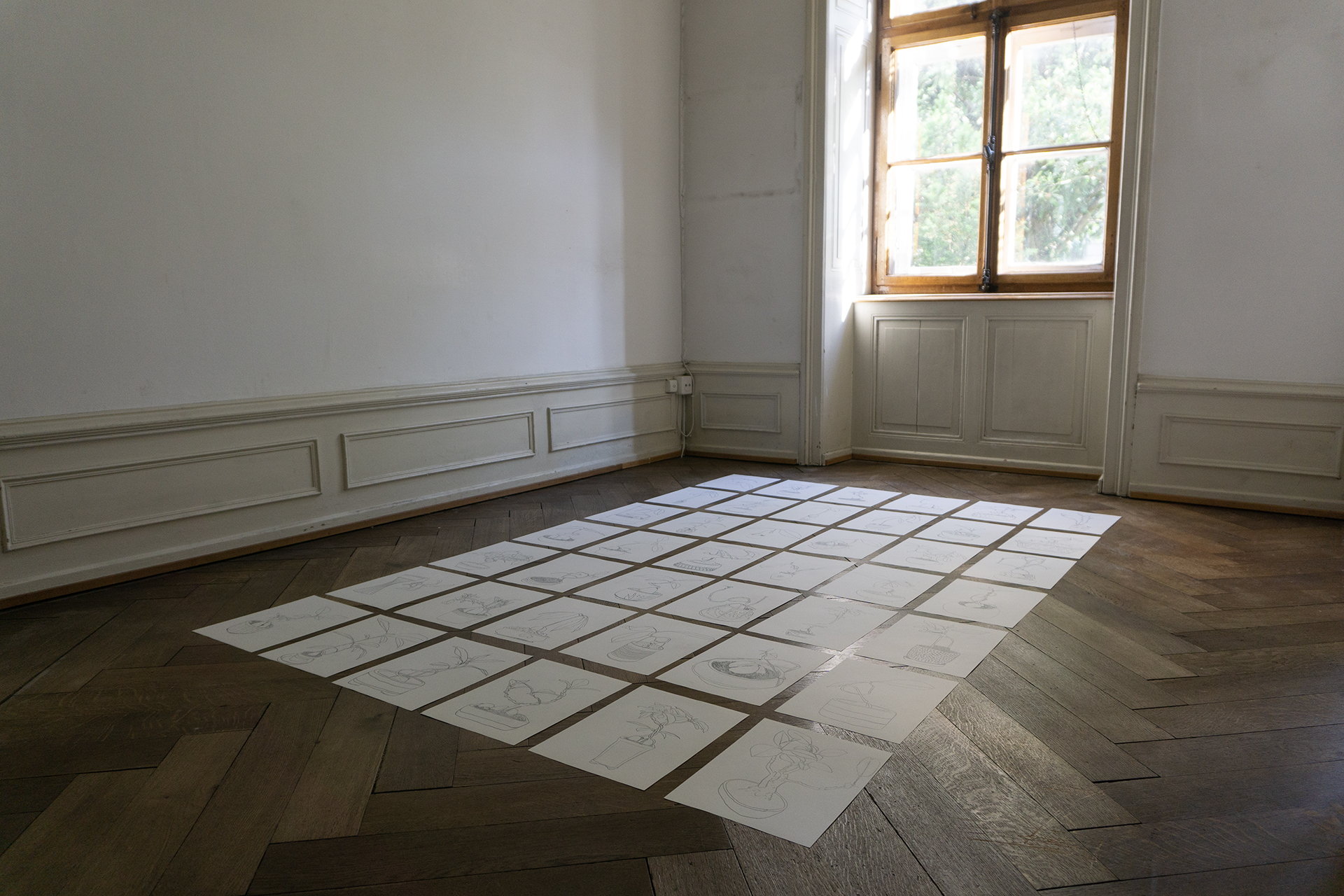
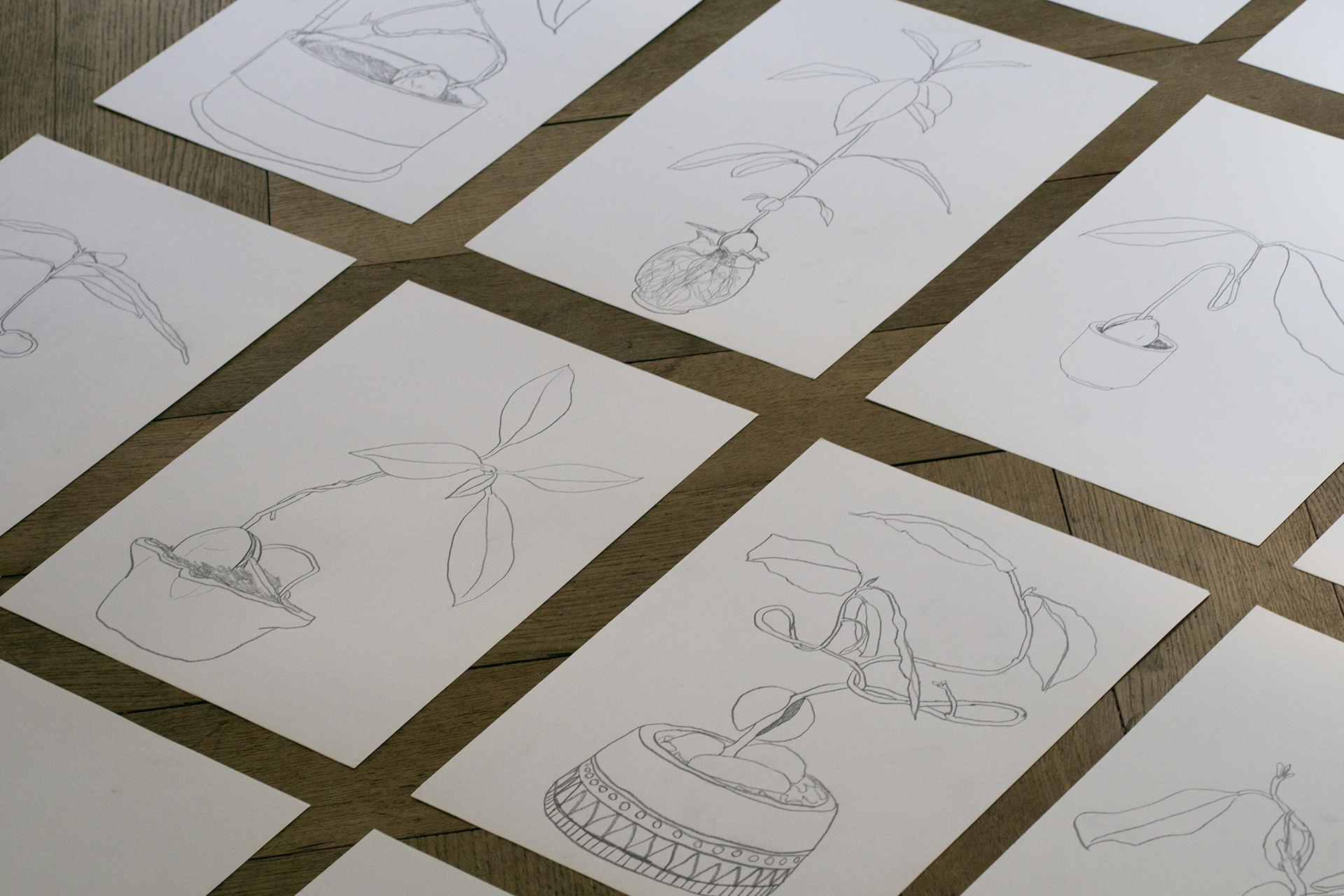

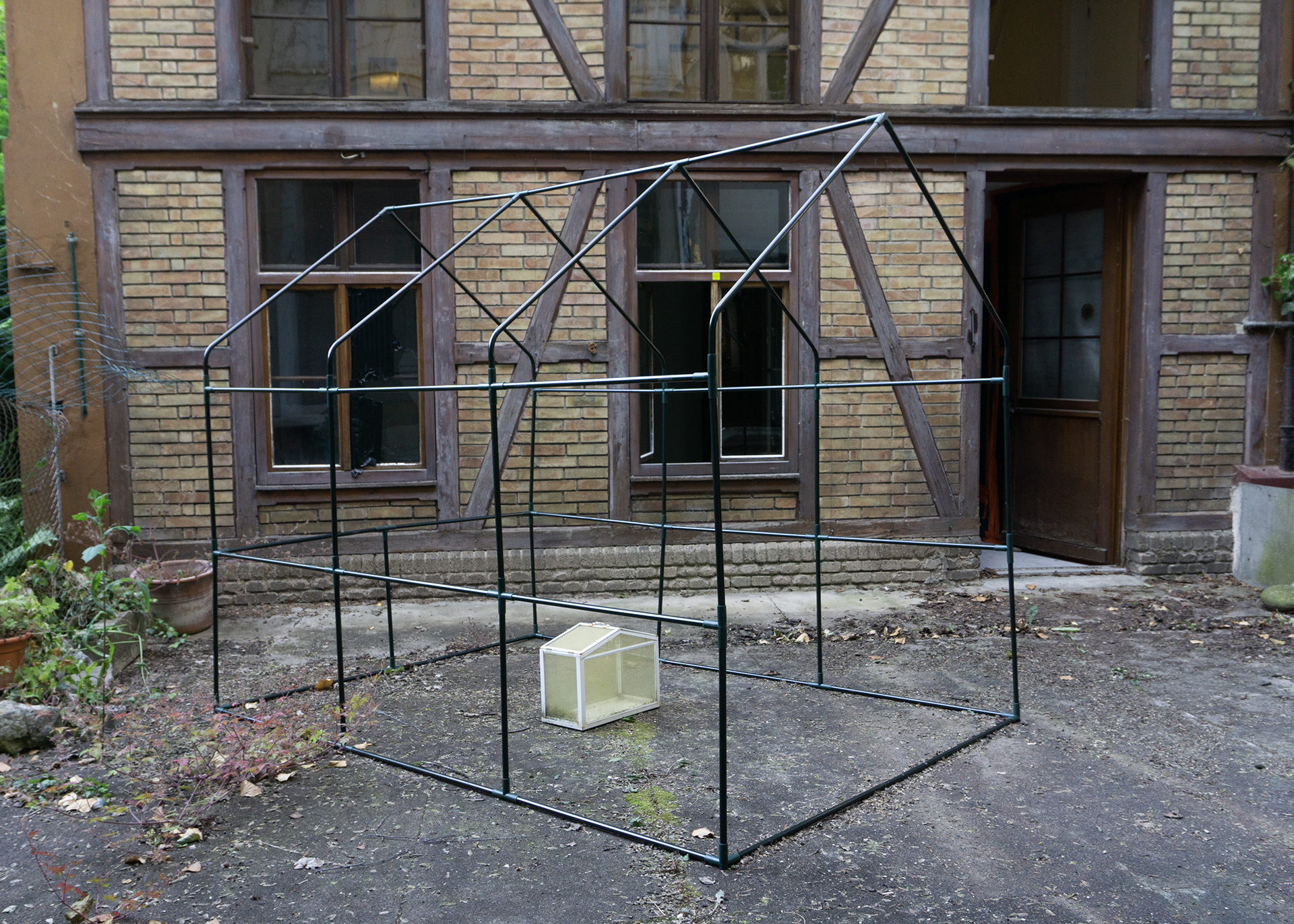
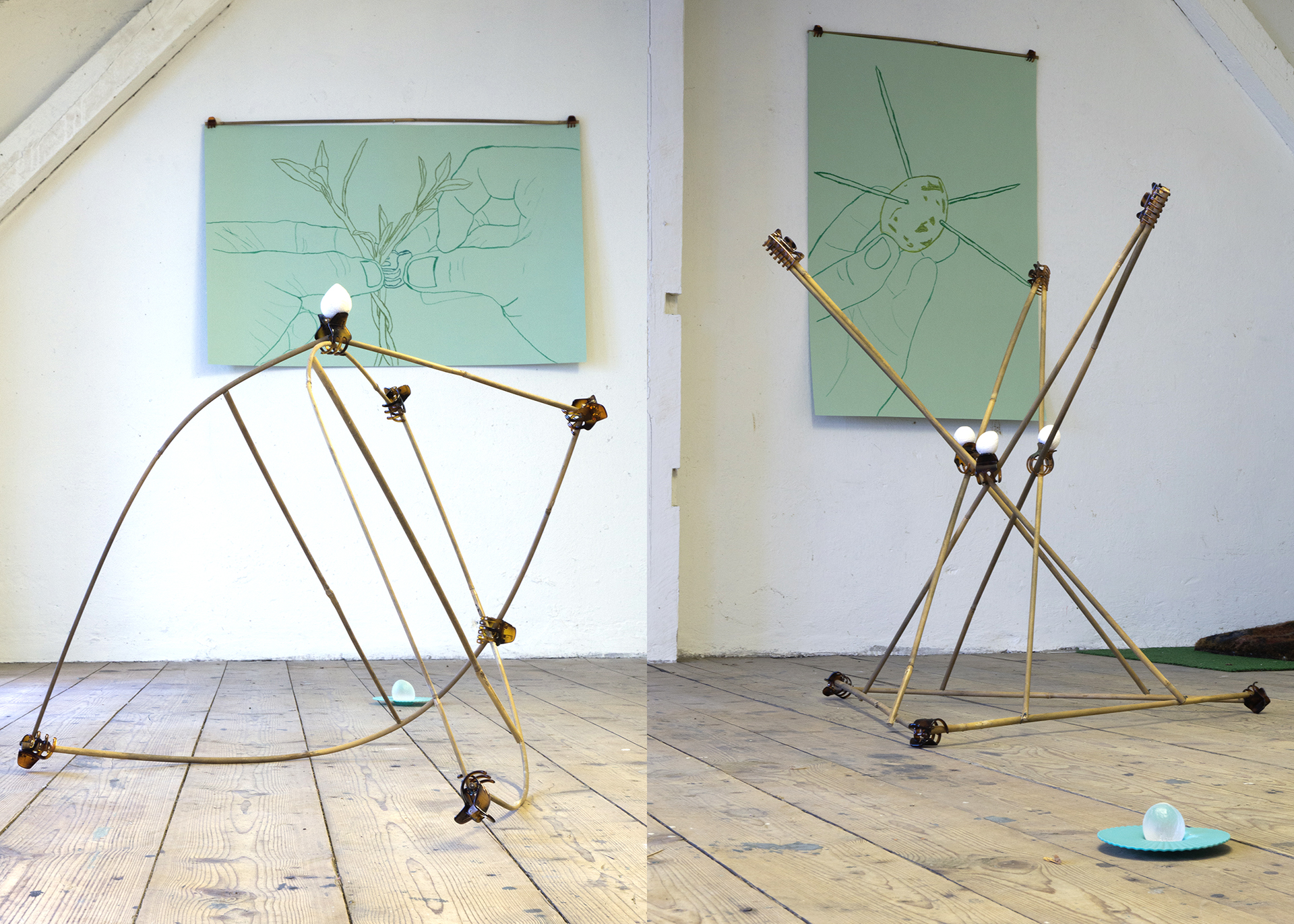

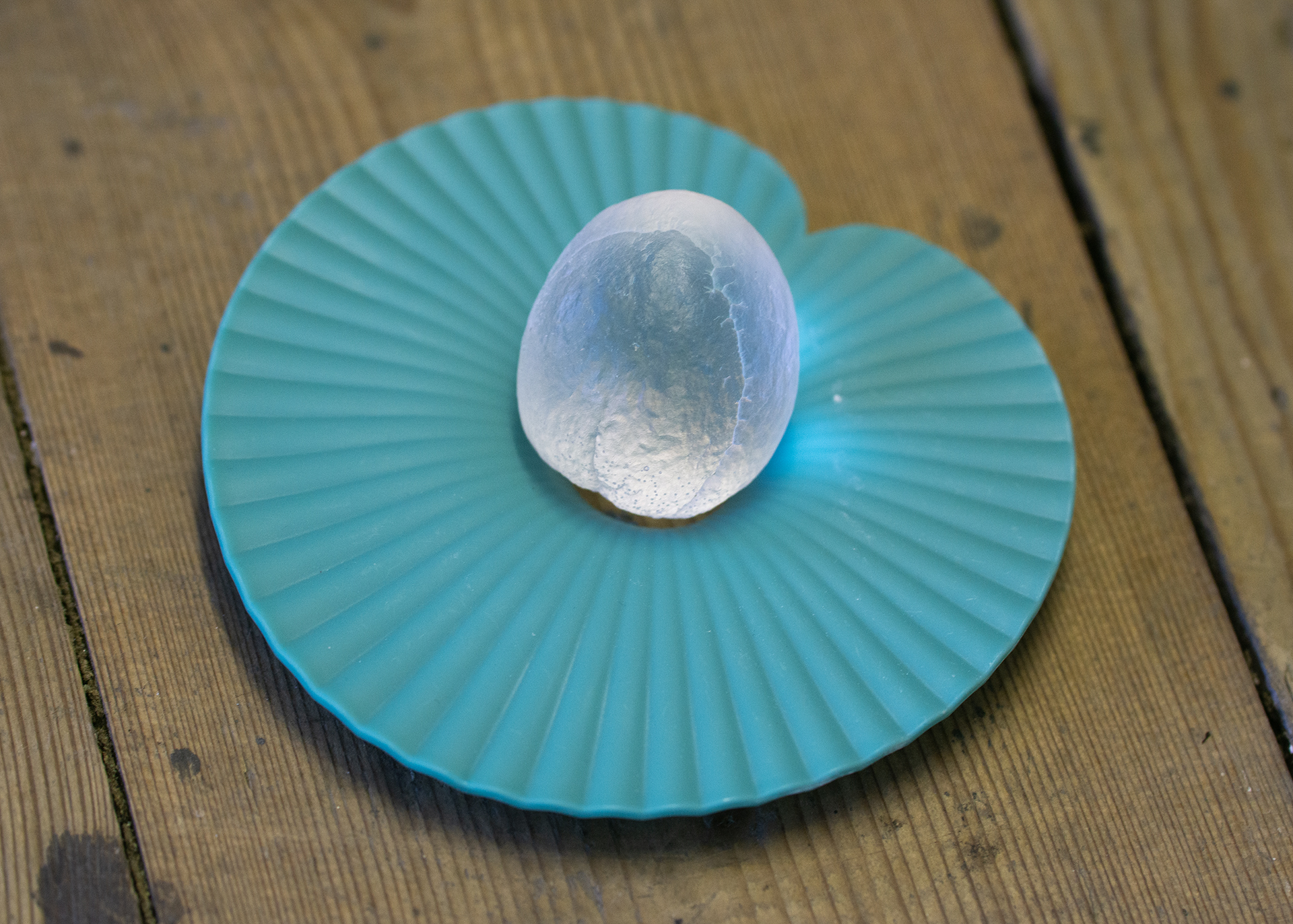
24.10-12.11.2020 Réunion Basel
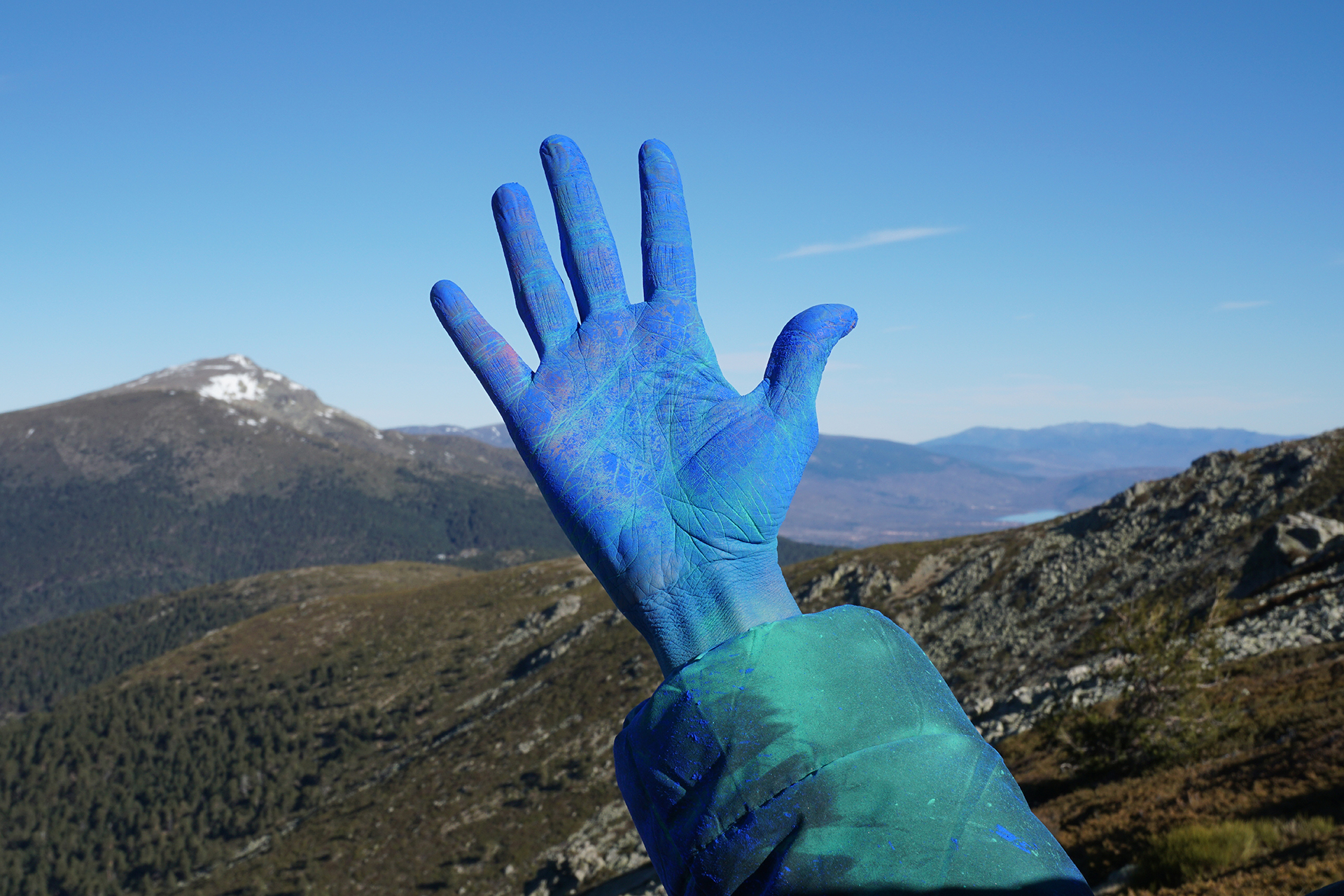
This exhibition is the continuation of Stephanie Williams’ research on the observation of Space and Nature. Between December 2019 and January 2020, Williams carried out a research project during the Felipa-Manuela residency in Madrid in which she toured different sectors of the Sierra de Guadarrama.
Williams is interested in the observation and awareness of landscapes, and its relation to the way in which it crafts different narratives that in turn form possible histories. Her exploration of spaces in constant flux highlights the connection between time and environment. For Williams, the earth has signs of writing, languages that write stories of each place and of those who inhabit it. A kind of geography with that returns; which mutates, is non-linear, is not historical and does not hierarchise the territory. From ancestral cultures, the observation of natures language provided a tool to interpret and inhabit the world, and thus modify the meanings of space. This system of thought can be understood as a place of resilience and regeneration in the face of crisis.



The pieces in A Returning Place function as stratified narratives, reflections on the earth and the many ways of inhabiting it, close to an imagined archaeology. They work as methods that, from transitory forms construct other narratives. For the artist, exploration, observation and movement complement the sense of the Political from a personal standpoint. Experiencing space-nature through the body proposes a reconsideration of discourses that question the ways in which stories of the present have been constructed.
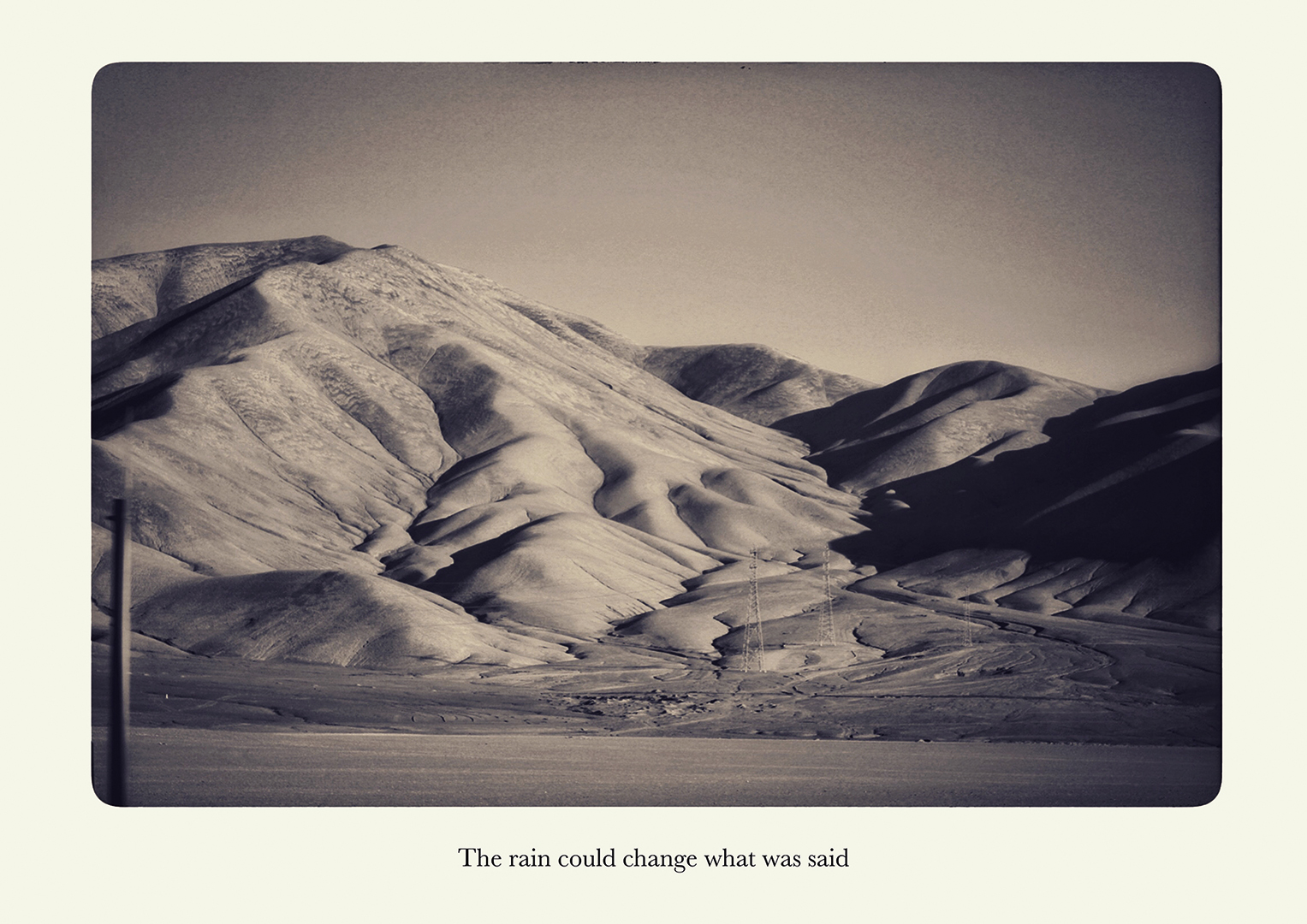

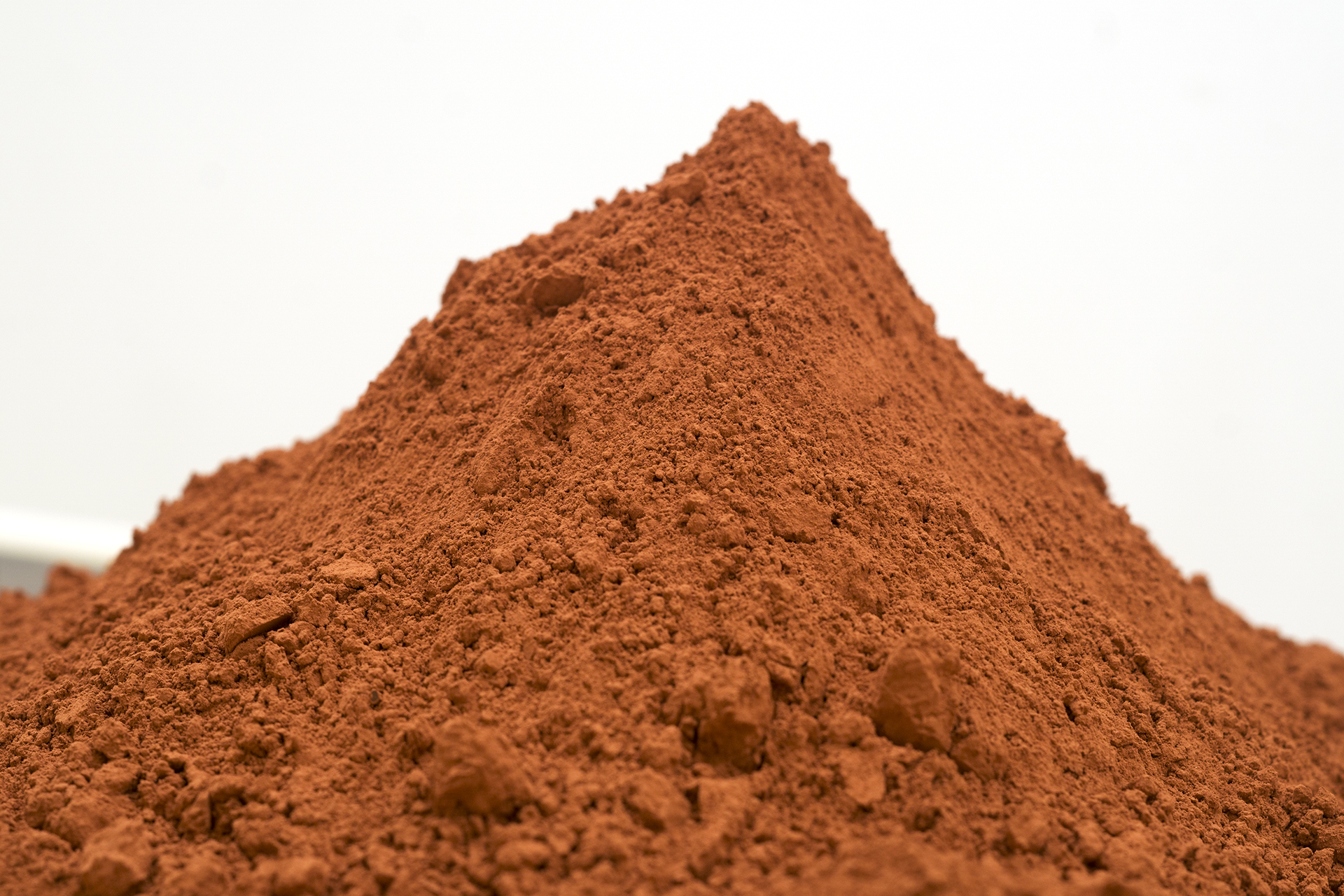

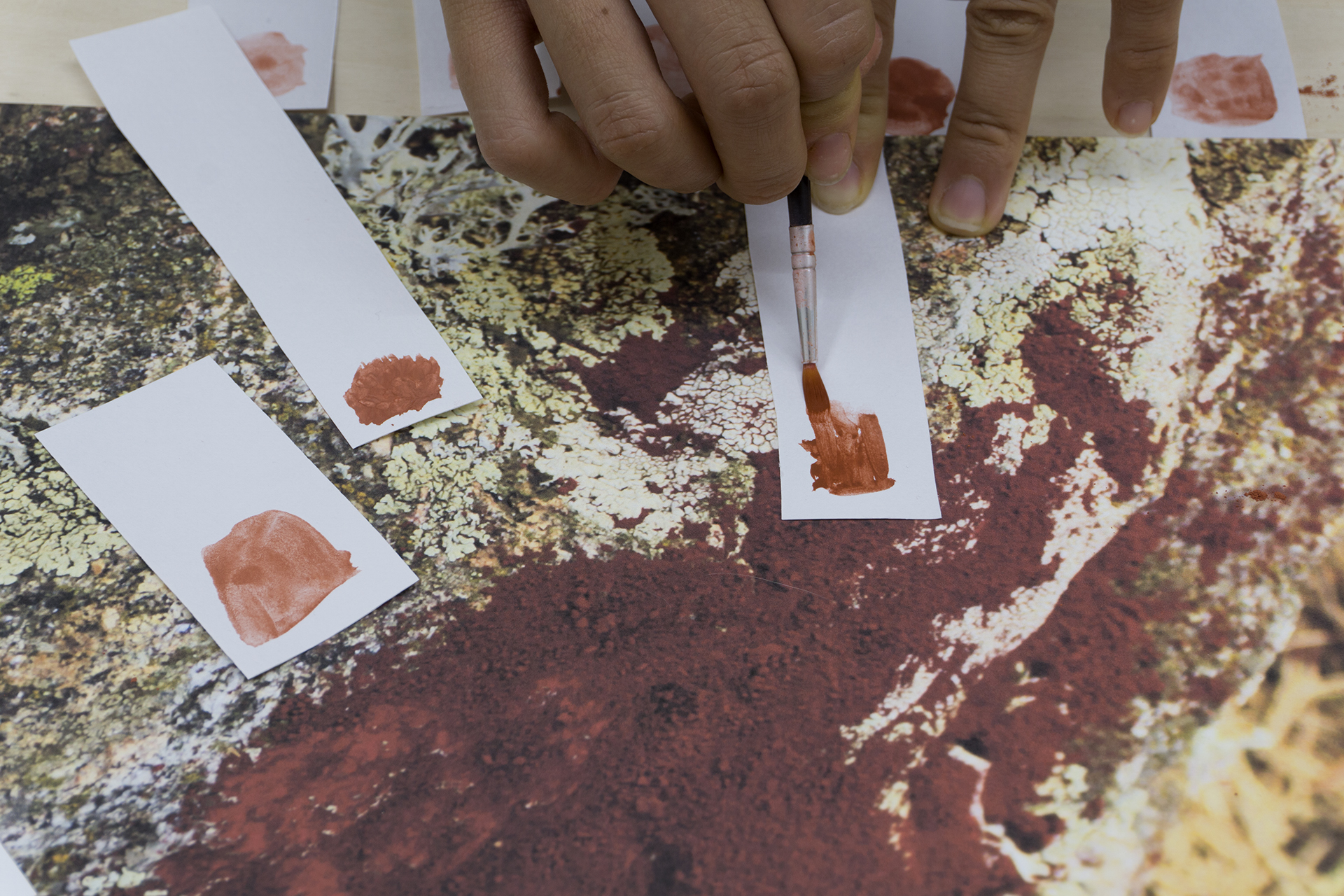
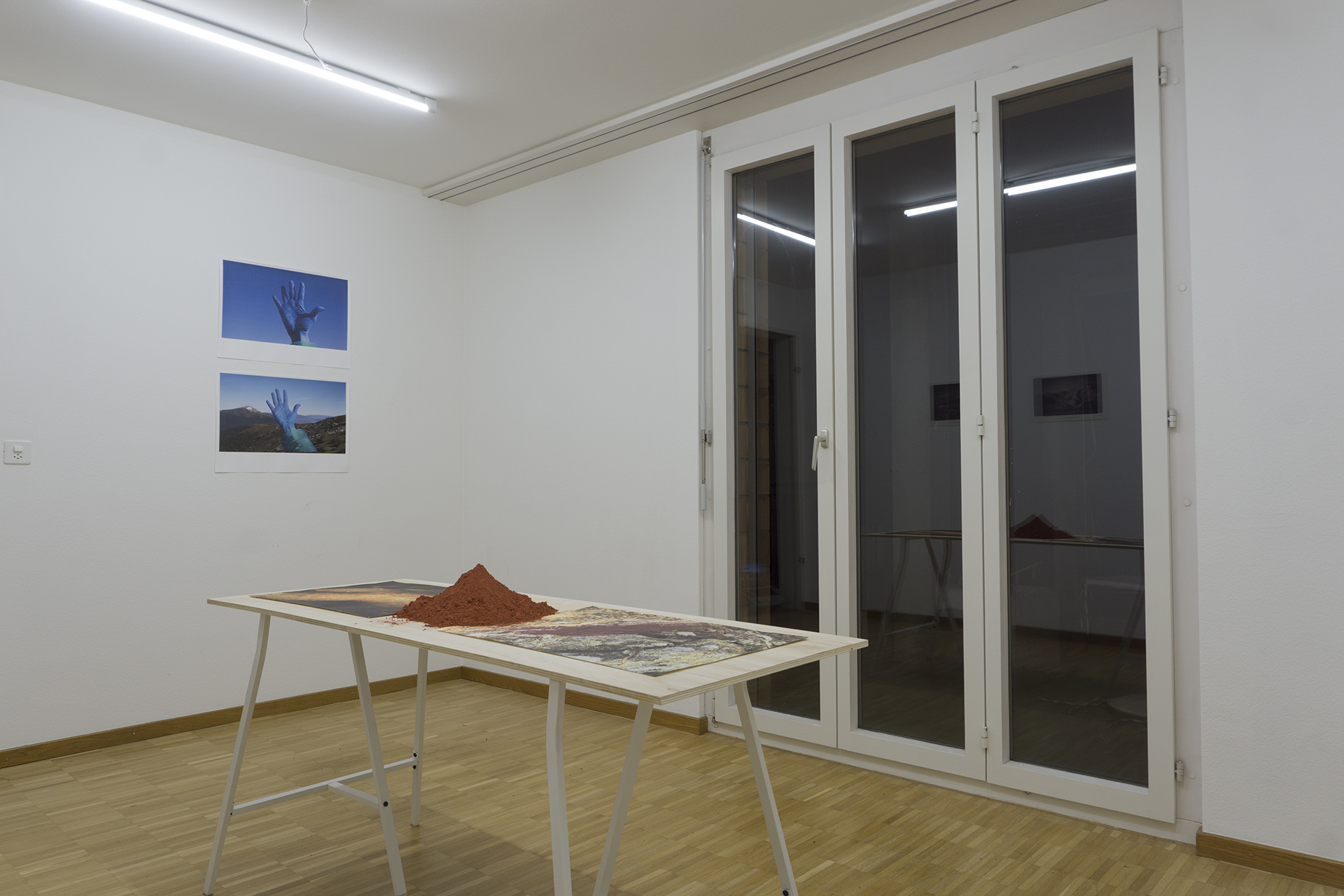
Stephanie Williams (1987) lives and works in Heredia Costa Rica. Her work merges archive, historical fiction and the ways we inhabit space. Her work has been show individually at MADC, San Jose in the exhibition Cuadra Cero. Her work has also been part of collective exhibitions in MAFA 2019, SACO 8, Palais de Tokyo, Tranzitdisplay, FUSO Lisboa, Museo Ex-Teresa Arte Actual de México, La Décima Bienal Centroméricana, Teorética and Despacio in San José.